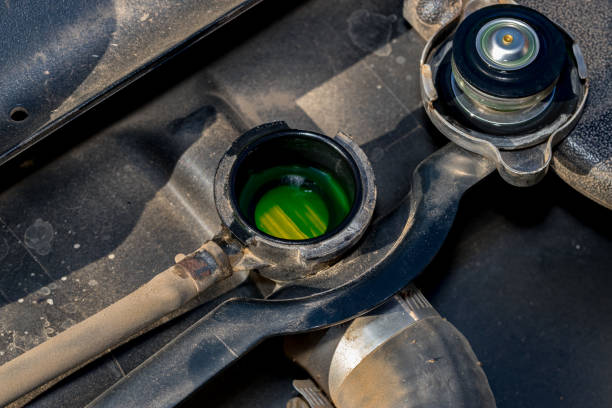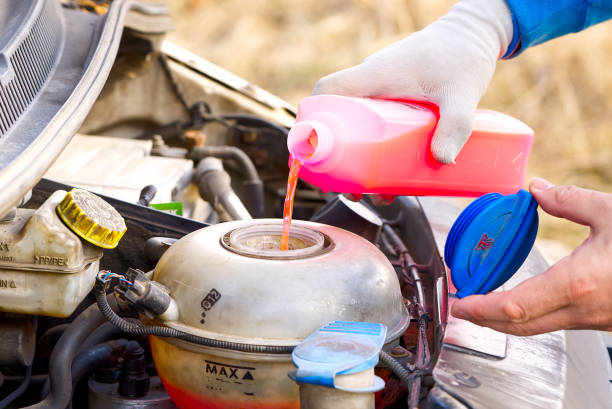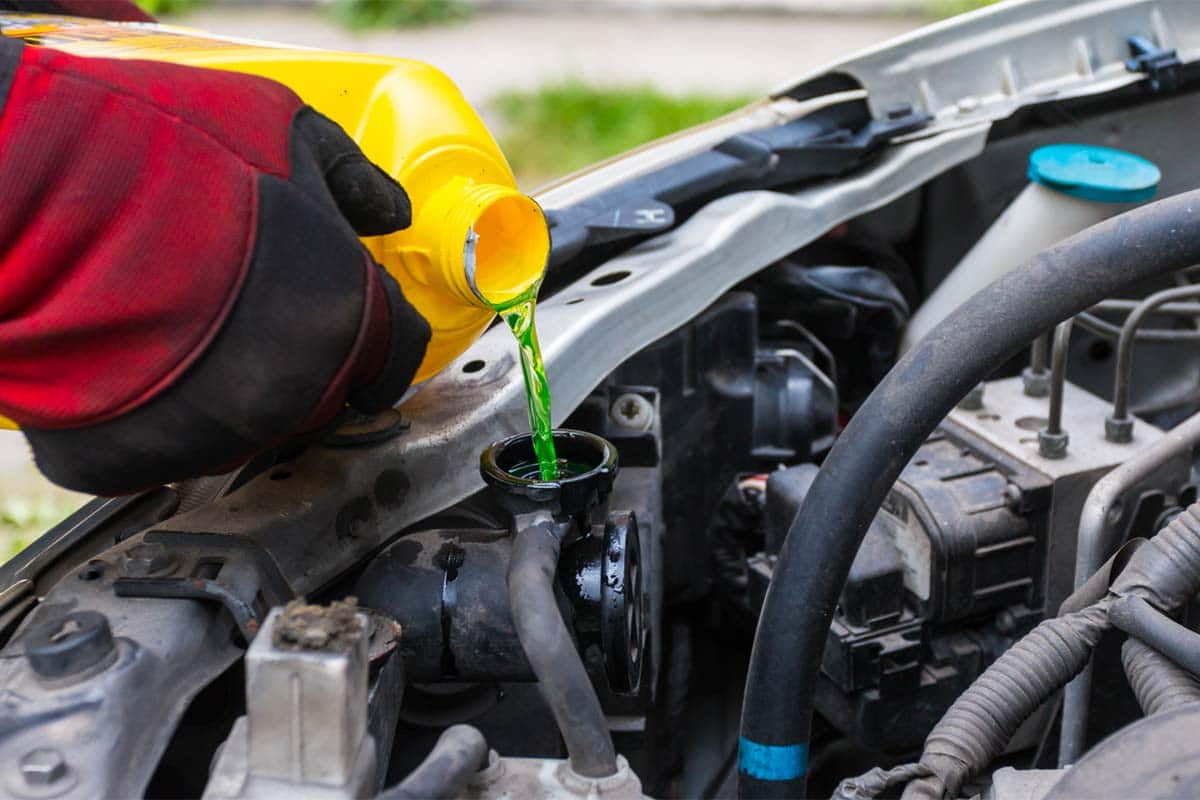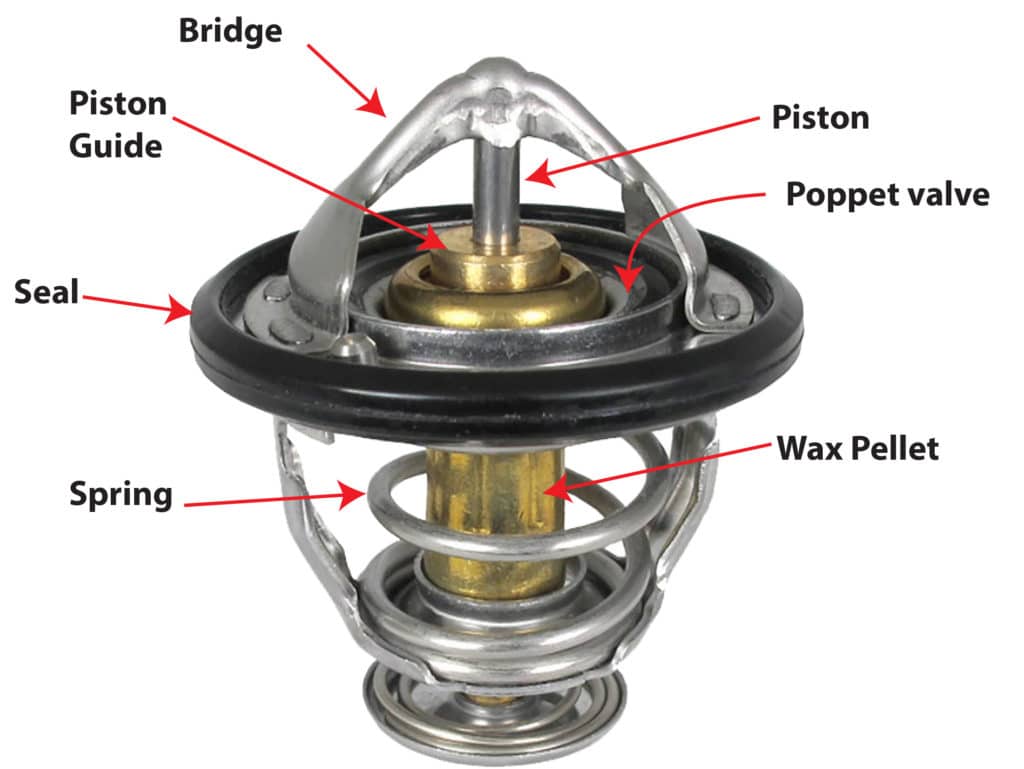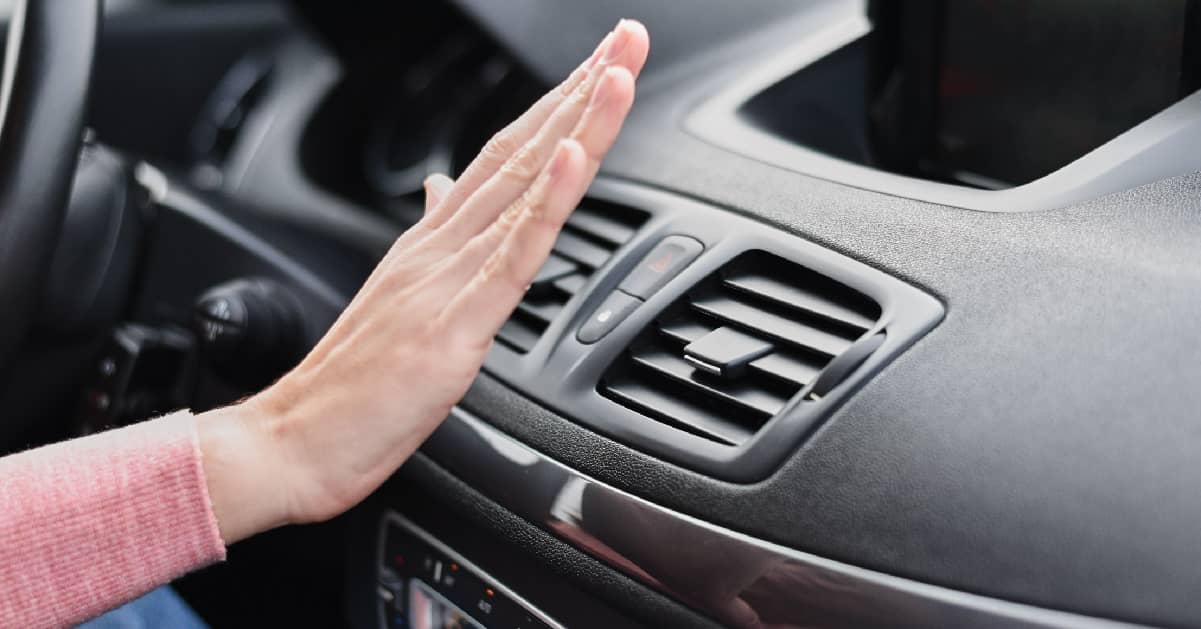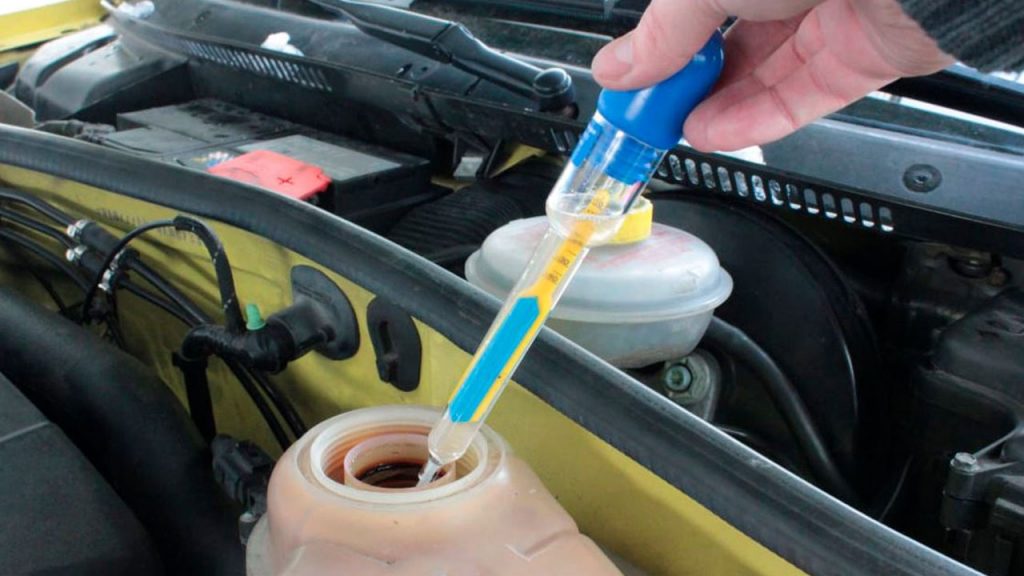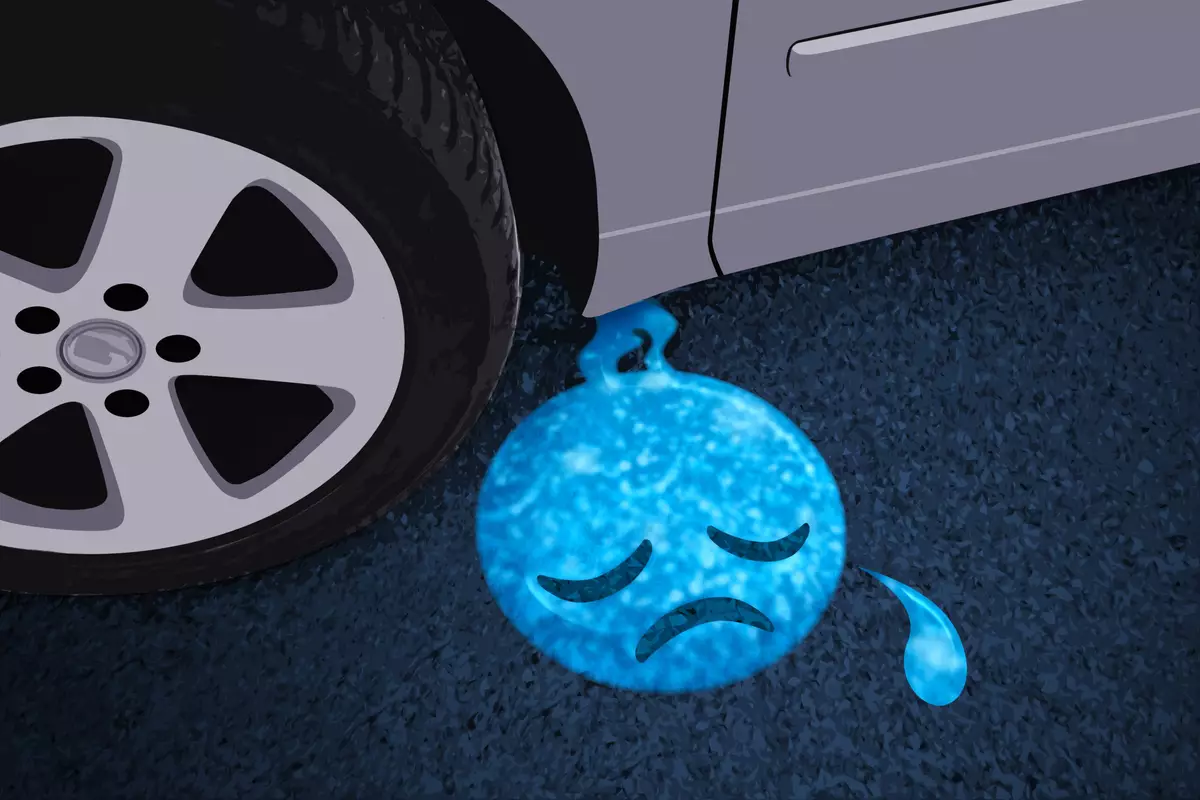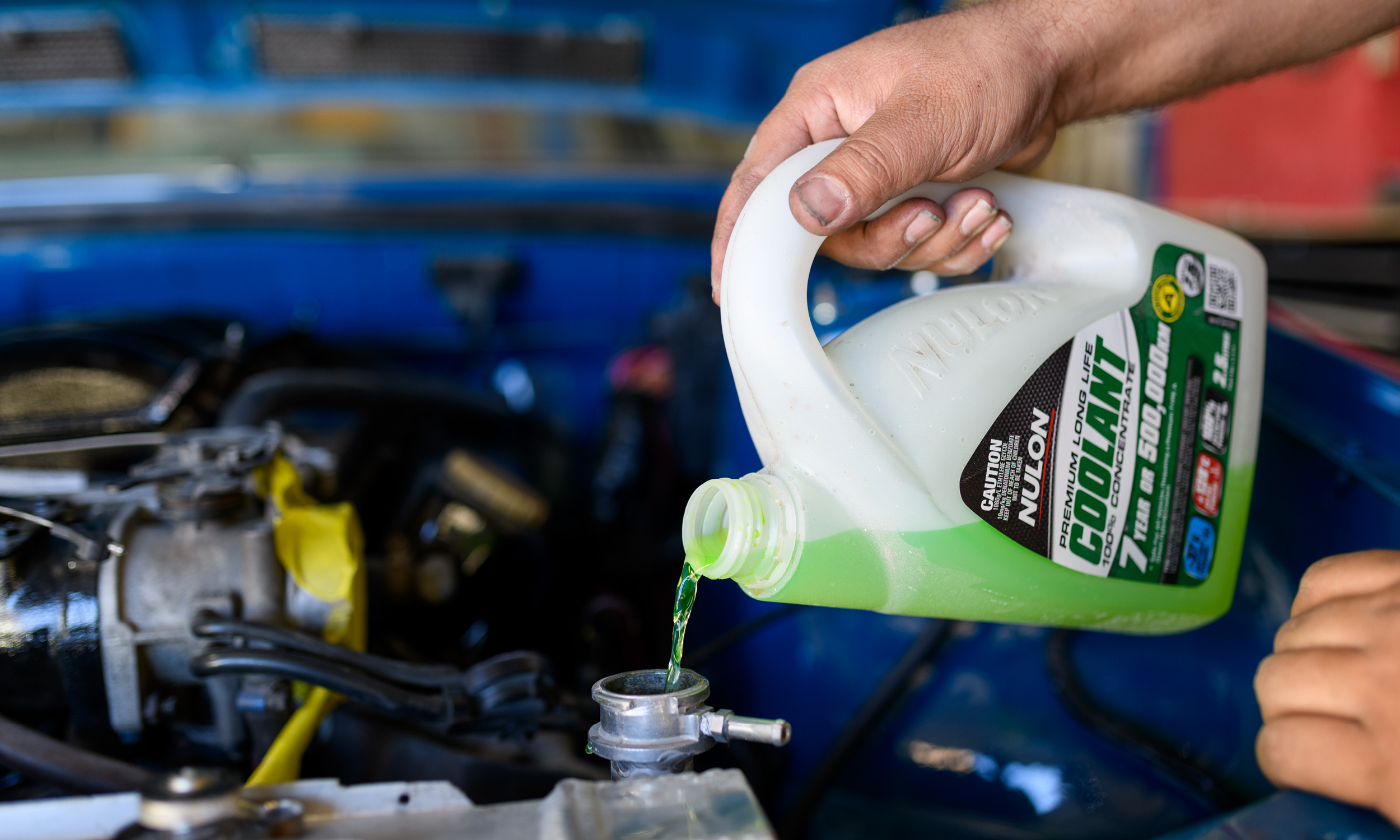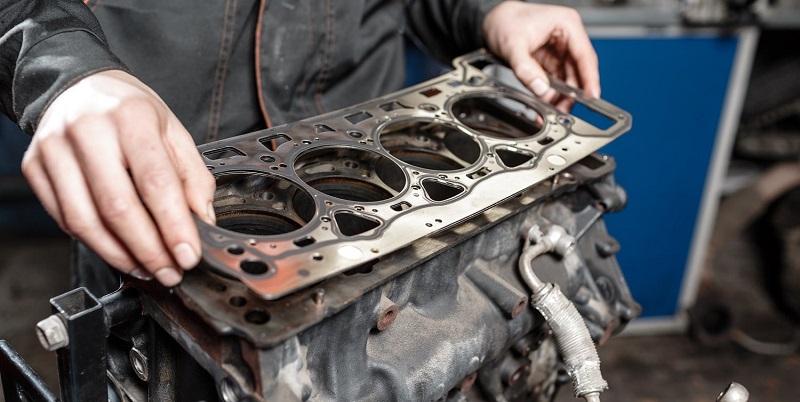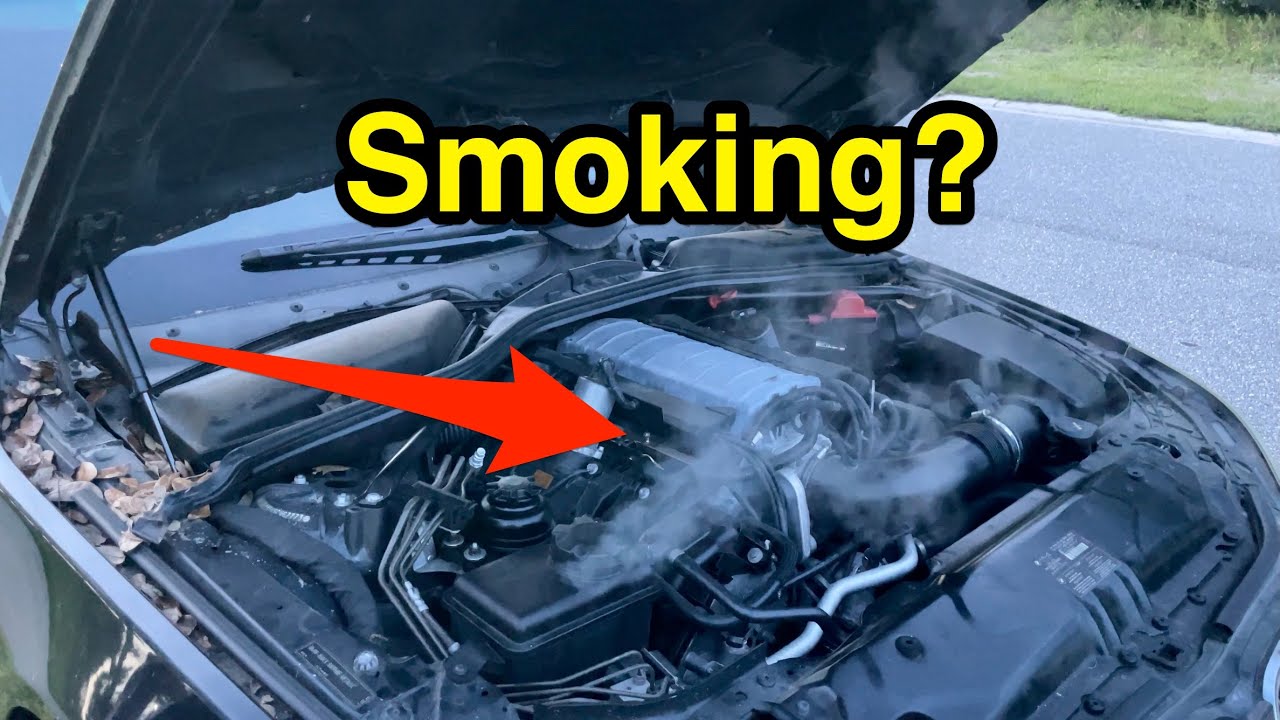The coolant is one of the most crucial components of a car’s cooling system. We know that a range of reactions occur inside the car’s engine that leads to increased temperature.
To overcome this high heat, the vehicle’s coolant system steps in. It consists of a radiator fan and radiator pipes that extend to the outside components of the engine. The pipes pass around the hot compartments of the engine so that when coolant flows around it, the heat of the engine is absorbed.
Then, the coolant flows back into the radiator, where the hot coolant is cooled, and this cycle continues. Sometimes, due to various issues, the coolant can start leaking. You can clearly see the coolant leaking from the radiator most of the time. However, there are events when there are no visible signs of leakage, but the coolant is still leaking.
What Are Some Causes of Coolant Loss in Vehicles Without Any Visible Signs
Boiling Due to Heating
In the vehicle’s cooling system, loss of coolant due to evaporation and boiling is a natural process as liquid transforms into vapor when these phenomena occur without visible leaks.
A coolant is a solution of water and antifreeze that can withstand various temperature conditions. But in case of a high temperature or continued engine operation, the cooling system’s internal heat level might increase dramatically.
In the case of older cars, cooling systems are not pressurized; thus, radiators can be open. The coolant can easily evaporate in such systems because it is exposed to air.
Most modern automobiles rely on pressurized closed systems, which increases the coolant’s boiling point and lessens evaporation probability.
The coolant would reach its boiling temperature due to the high amount of heat produced by an engine, and this could happen if one’s thermostat was faulty or a water pump failed. The coolant becomes vapor when this occurs, and pressure within the cooling system increases.
Compared to visible leaks, in which coolant leaves a trace of spillage on the ground or engine components, evaporation and boiling offer chances for less noticeable loss. The coolant may vaporize and escape the system without leaving any traces.
Issues With Radiator Cap
Although the radiator cap appears small and insignificant, it is one of those components that are very important for keeping a vehicle’s cooling system functional. A bad radiator cap can also cause coolant loss without visible leaks.
The radiator cap acts as a pressure relief valve within the cooling system. It keeps a particular pressure value, often measured in psi. This pressure increases the boiling point of coolant so that it does not evolve into vapor from lower temperatures.
Besides controlling pressure, the radiator cap also forms a seal which ensures that coolant is not lost from within. This seal stops coolant from leaking in vapor or liquid form so it can flow effectively via the engine and radiator.
A defective radiator cap may not be able to keep the correct pressure in the cooling system. This may result in a reduced boiling point of the coolant, increasing its chances of turning into vapor, especially under high engine temperature conditions.
If your car is overheated frequently then you should not wait anymore and get it checked from any reputable auto repair shop or other issues may arise.
The Engine Head is Cracked
In cars, cracked engine block or cylinder head is a more major and catastrophic reason for coolant loss. These elements are critical to the functioning of an engine, so compromising on their quality would mean severe problems.
Persistent overheating is one of the main reasons for a cracked engine block or cylinder head. When the engine runs at very high temperatures, metal parts expand more than their allowable expansion limits.
With constant expansion and contraction, after some time, the metal will break down due to cracks. The repeated overheating of the engine is usually due to thermostat problems, a broken water pump, or a lack of coolant, which will increase the likelihood of cracks in these essentials.
Internal Heater Core Leaks
Coolant loss in the vehicle cooling system without any visible external leaks is also possibly caused by Internal heater core leaks. Warm air is provided by the HVAC system’s heater core, which serves an essential role. The leakage of the heater core causes coolant loss gradually.
The heater core is a miniature radiator placed inside the vehicle’s dashboard. It is fed with hot coolant from the engine through heater hoses. Air that passes through the heater core is heated while it blows to heat the vehicle’s interior.
But then, the heater core can lead to corrosion in time due to constant contact with hot coolant. This corrosion degrades the construction of the heater core, which results in leakage issues.
Wear and tear may affect the internal passages of the heater core and its tubes, with particular incidence in older cars with a higher mileage. In some situations, manufacturing defects of the heater core may result in premature failure, leading to leakage.
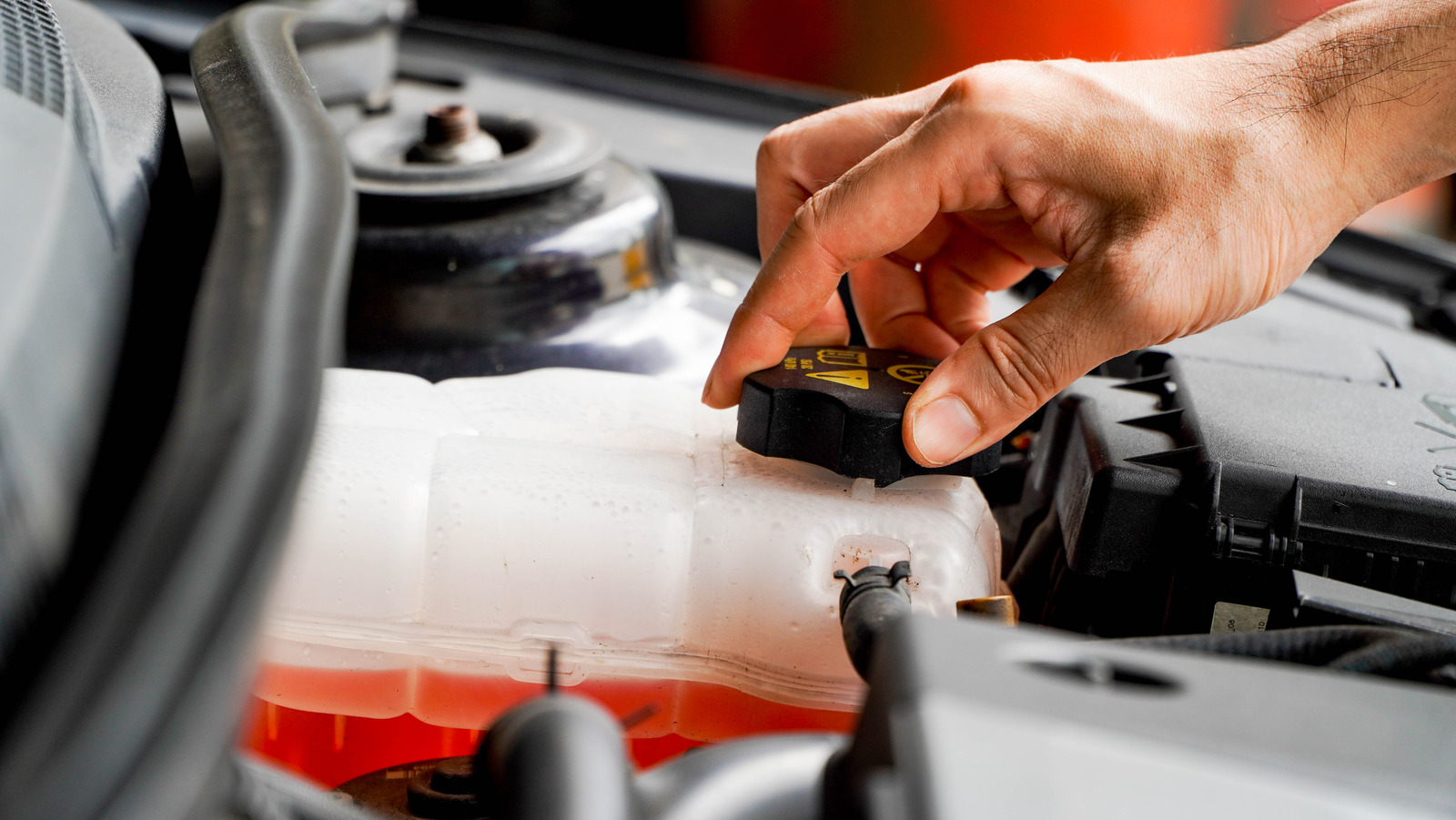
![How Much Coolant Loss is Normal? [Any Real Loss is Unacceptable!] How Much Coolant Loss is Normal? [Any Real Loss is Unacceptable!]](https://www.drillanddriver.com/wp-content/uploads/2022/05/How-Much-Coolant-Loss-is-Normal.jpg)
